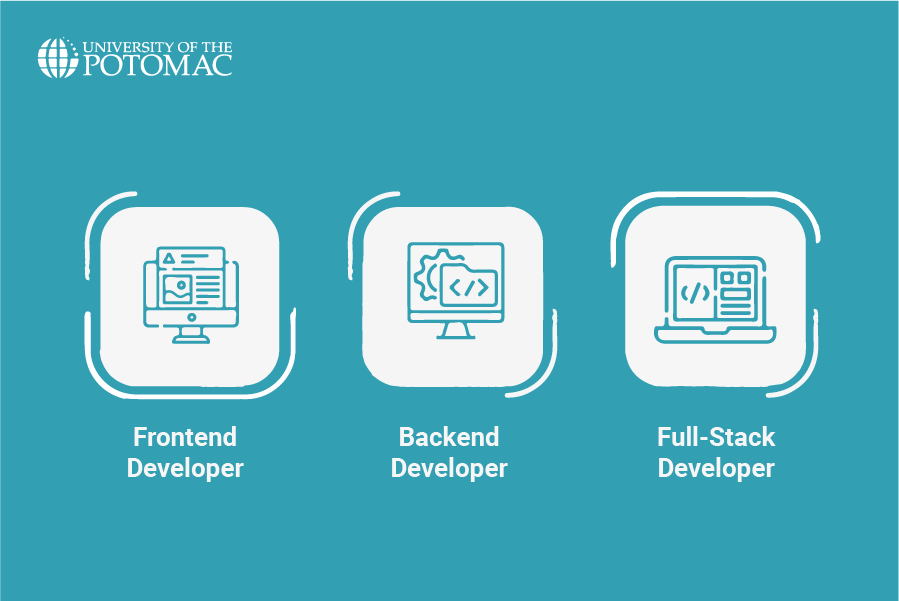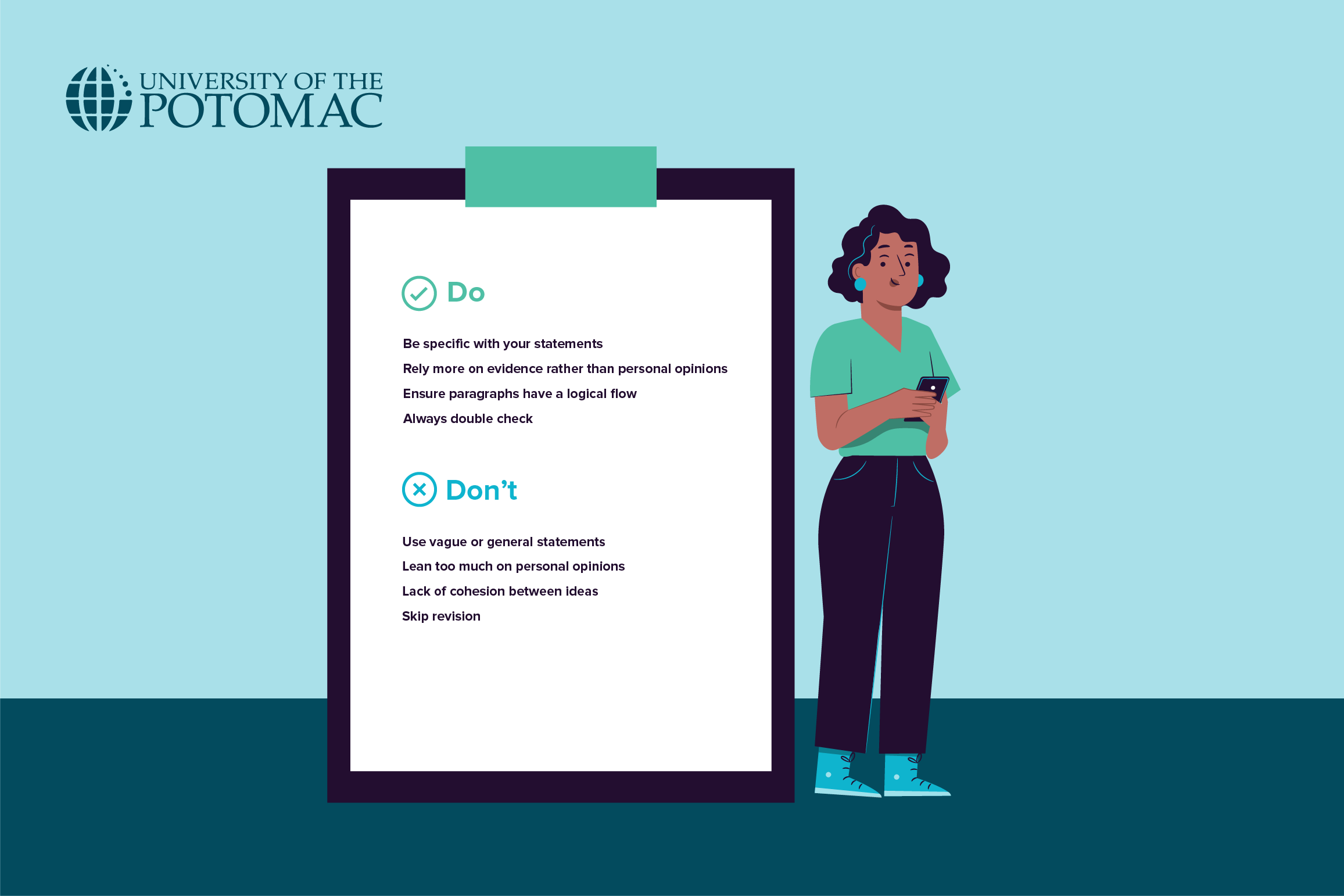Have you ever navigated through a website and marveled at its seamless functionality and captivating design without pausing to consider the intricate work that went into its creation? From the sleek visuals to the smooth user experience, websites are the result of meticulous craftsmanship from both web designers and web developers.
In this article, we explore the world of digital creation, pitting web designers vs. web developers head to head on various fronts. We’ll dissect their duties, education, career paths, salaries, skills, tools, and more to uncover the difference between a web designer and a web developer.
What Web Designers Do
Web designers are professionals who work to create visually appealing and user-friendly websites. They combine their artistic skills with technical knowledge to design and layout websites that effectively communicate the client’s message and engage the target audience. Their day-to-day responsibilities usually include:
- Collaborating with clients to understand their requirements
- Creating website mockups, wireframes, and prototypes using design software
- Selecting appropriate color schemes, typography, and imagery to enhance the website’s visual appeal
- Optimizing website designs for responsiveness, ensuring compatibility across different devices and screen sizes
- Incorporating user interface (UI) and user experience (UX) design principles to improve website usability and navigation
- Working closely with web developers to implement design elements into the final website
- Conducting usability testing and gathering feedback to make iterative improvements to the website design
What Web Developers Do
Web developers build and maintain websites and web applications. Some of their key duties include:
- Writing and maintaining code for websites and web applications using various programming languages
- Collaborating with web designers to translate design mockups and wireframes into functional websites
- Building and integrating databases and server-side applications to support website functionality
- Testing and debugging code to ensure that websites function correctly and are free of errors
- Optimizing website performance for speed and responsiveness
- Implementing security measures against potential threats and vulnerabilities
- Keeping up-to-date with trends and technologies in web development
Education Paths for Web Designers and Web Developers
While the paths to becoming a web designer and a web developer share some similarities, there are also notable differences in the educational routes and skill sets required for each role. Both professions typically begin with obtaining a bachelor’s degree; web designers usually pursue degrees in graphic design, web design, or related fields, while web developers commonly opt for a bachelor’s degree in computer science, information technology, or a similar discipline.
Additionally, both roles may involve further specialization through additional training or certification courses in specific tools, technologies, or programming languages relevant to their respective fields. However, the focus of their education differs. Web designers focus on visual design principles, typography, and layout techniques, while web developers focus on programming languages, algorithms, and software development concepts.
Despite these differences, ongoing learning and staying up-to-date with the latest trends and technologies in web design and development are crucial for success in either role.
Types of Web Designers
In the field of web design, there are different types of designers, each specializing in various aspects of the design process to create effective and user-friendly websites. Some of them include:
UX designer
UX designers focus on the user experience aspects of website design, striving to create intuitive, efficient, and enjoyable interfaces. To achieve this goal, they conduct thorough research to understand user needs and behaviors. Based on the research, they create wireframes and prototypes to visualize design concepts. Additionally, they work closely with other team members to ensure a seamless user journey throughout the website.
UI designer
On the other hand, UI designers concentrate on the user interface elements of website design, such as buttons, icons, and navigation menus. They work closely with UX designers to translate wireframes and prototypes into visually appealing and functional interfaces. UI designers are responsible for selecting color schemes, typography, and other visual elements to create cohesive and aesthetically pleasing designs.
Visual designer
Visual designers are responsible for a website’s overall look and feel, focusing on aspects such as branding, graphics, and layout. They work to ensure consistency in design elements and create visual assets that align with the client’s brand identity. Visual designers often collaborate with UX and UI designers to bring their designs to life and create visually stunning websites that engage users.
Types of Web Developers

There are also different types of developers who specialize in various aspects of building and maintaining websites. These include the following:
Frontend developer
Frontend developers are responsible for constructing the part of websites that users see and interact with directly on their browsers, such as the user interface and user experience. To do so, they utilize programming languages such as HTML, CSS, and JavaScript to create responsive and interactive web pages.
Backend developer
Backend developers are in charge of building and maintaining the server-side components of websites, such as databases, servers, and application logic. They use languages like PHP, Python, or Ruby, along with frameworks like Node.js or Django, to create the behind-the-scenes functionality that powers web applications.
Full-stack developer
Full-stack developers are trained in front and backend development, allowing them to work on all aspects of website development from start to finish. They have a broad range of skills and knowledge across various programming languages, frameworks, and technologies, enabling them to handle all aspects of building and maintaining complex web applications.
Skills of a Web Designer
To excel in web design, professionals must combine technical expertise and soft skills to create visually appealing and functional websites. Some essential skills for web designers include:
- Proficiency in various graphic design software
- Strong understanding of design principles, typography, and color theory
- Knowledge of HTML and CSS
- Familiarity with user experience design principles and methodologies
- Ability to create wireframes, mockups, and prototypes to visualize design concepts
- Excellent communication and collaboration skills
- Attention to detail and the ability to think creatively
Skills of a Web Developer
Web developers also require technical abilities and soft skills to effectively build and maintain websites and web applications. Some of them include:
- Proficiency in various programming languages, including server-side programming languages
- Experience with databases and database management systems
- Familiarity with web development frameworks and libraries
- Problem-solving skills
- Ability to troubleshoot and debug code efficiently
- Collaboration and teamwork skills
- Continuous learning and adaptability
Tools for Web Designers
Web designers rely on various tools to create visually appealing and functional websites. Some essential ones include:
Interested in pursuing a degree?
Fill out the form and get all admission information you need regarding your chosen program.
This will only take a moment.
Message Received!
Thank you for reaching out to us. We will review your message and get right back to you within 24 hours.
If there is an urgent matter and you need to speak to someone immediately you can call at the following phone number:
- We value your privacy.
- Google Web Designer
- Canva
- Wix
- HubSpot
- Nova
- Squarespace
- Adobe Dreamweaver
- Shopify
- InVision Studio
- Adobe XD
Essential Tools for Web Developers
Web developers also rely on a variety of tools to build and maintain websites and web applications, such as:
Salary of a Web Designer vs. Web Developer
In the United States, web designers and web developers both play crucial roles in creating and maintaining websites, but their average salaries differ significantly. On average, web designers earn around $72,821 a year, while web developers command a higher average salary of $93,848 annually.
This salary discrepancy reflects the varying skills and responsibilities required for these roles. Nevertheless, it’s important to note that salaries for both web designers and web developers can vary based on multiple factors, including job responsibilities, industry, level of experience, and location.
Making the Right Choice: Web Designer or Web Developer?
Deciding between a career in web design or web development can be challenging, as both fields offer unique opportunities for creativity, problem-solving, and professional growth. If you enjoy problem-solving, logical thinking, and building interactive web applications, a career in web development may be the right fit for you. On the other hand, if you have a passion for visual design, creativity, and user experience, a career in web design may be more suitable.
Ultimately, the right choice depends on your strengths, interests, and career aspirations. Consider exploring both fields through online courses, tutorials, or internships to better understand the day-to-day responsibilities and challenges associated with each role. Additionally, don’t hesitate to reach out to professionals working in the industry for advice and insights into their experiences.
Conclusion
Overall, it’s evident that web developers and web designers play indispensable roles in shaping the digital world we interact with every day. While their responsibilities and skill sets may differ, both offer exciting opportunities for individuals passionate about creating innovative and impactful online experiences.
So, whether you’re drawn to the creative side of web design or the technical intricacies of development, there’s a place for you to thrive in digital creation. Join us at University of Potomac, where you’ll have the opportunity to hone your skills, collaborate with like-minded professionals, and unleash your potential!
FAQs
Which is better web developer or web designer?
There is no definitive answer to which is better, web development or web design, as it depends on individual interests, skills, and career goals. Both fields offer unique opportunities for creativity and problem-solving, and the choice ultimately comes down to personal preference.
Is web design easier to learn than web development?
Learning web design may be perceived as easier than web development for some individuals due to its focus on visual design principles and aesthetics. However, both fields require dedication, practice, and ongoing learning to master the necessary skills and stay updated with evolving technologies and trends.
Do web designers need to code?
While coding skills can benefit web designers, they are not always required. Many web designers focus primarily on visual design and user experience, using design software like Adobe Photoshop to create mockups and prototypes. However, having a basic understanding of HTML, CSS, and JavaScript can be advantageous for collaborating with developers and implementing design concepts into functional websites.










